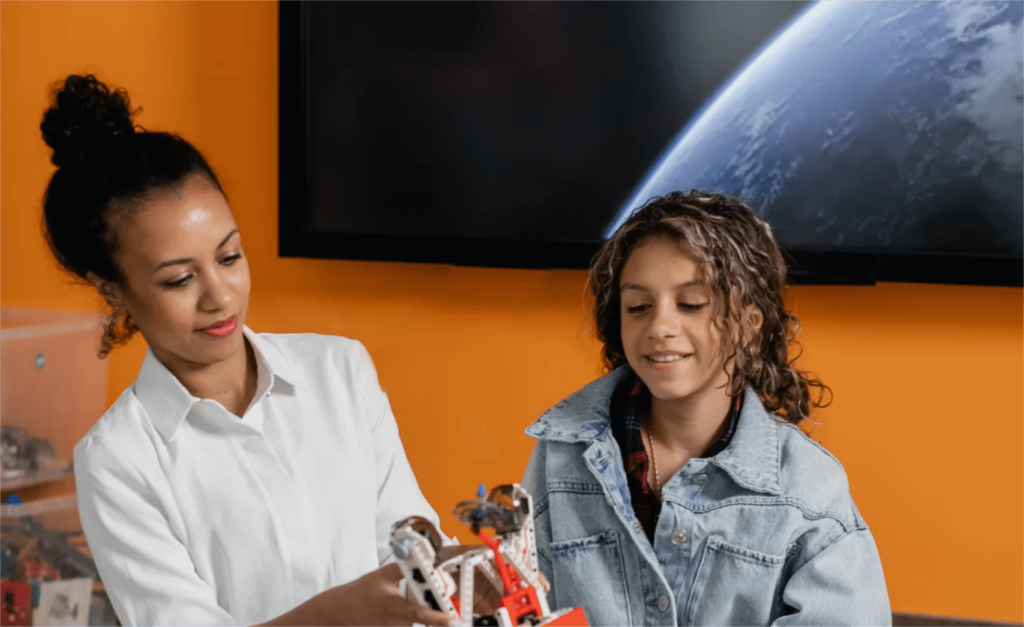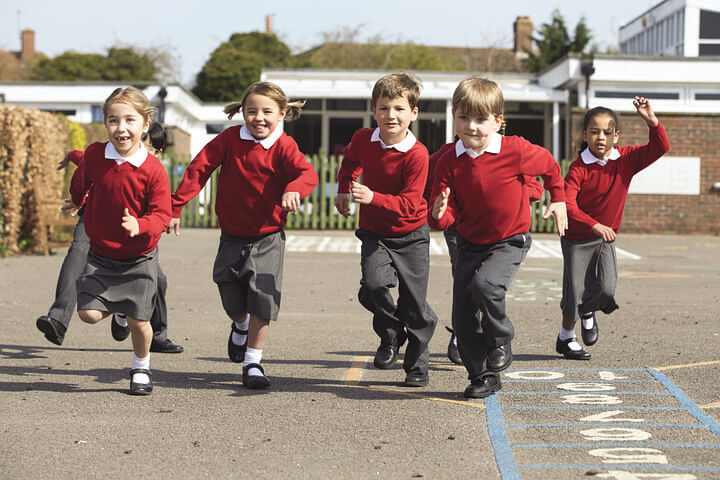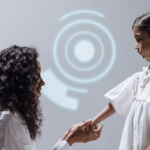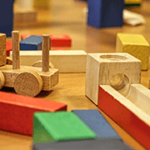Introduction to Project-Based Learning
Why It Matters for Young Children
Project-based learning (PBL) is not just another buzzword in the educational sector. It is a transformative approach that places children at the heart of their learning journey. Young minds are naturally hard wired to ask questions, test their ideas, and learn rapidly. Project-Based Learning harnesses this inherent curiosity, allowing them to dive deep into subjects, uncovering layers of knowledge in ways traditional methods often cannot match.
At its core, Project-Based Learning is about engaging learners in real-world challenges. It pushes students to think critically, collaborate productively, and come up with tangible solutions. The lessons learned through this approach are not just theoretical, but practical and applicable in various settings.
The Link Between Hands-On Experience and Cognitive Development
As Jean Piaget, the renowned developmental psychologist famous for his theory on cognitive development, observed, kids learn best when they actively interact with their environment. Children cannot be expected to effectively learn just by being spoon-fed information. In this sense, books and lectures are simply not enough. Students need hands-on experience to internalize new concepts, making connections between their actions and thought processes. Project-Based Learning provides precisely this – a platform where young learners can connect theoretical knowledge with real-world applications.
Core Principles of Project-Based Learning for Young Children
Learn By Doing
Project-Based Learning revolves around the philosophy of “learning by doing.” Instead of merely listening passively to lessons and lectures, students engage in the active exploration of a topic or concept. They take on projects, often mirroring real-world challenges, and find innovative solutions using their creativity, logic, and the knowledge they have accumulated.
Collaboration is Key
Collaboration is at the core of Project-Based Learning. Projects often involve teamwork, which instills skills and values that are critical in the real-world. In PBL, children are encouraged to openly communicate, freely share ideas, listen actively, and discuss respectfully as they explore new concepts together.
Integration of Multiple Subjects
The traditional educational methods have purposefully siloed subjects into isolated domains. In the traditional method, math is math and history is history; they are separate subjects and ought to be recognized as such. In Project-Based Learning, kids quickly learn that subjects intersect in real and exciting ways. Real-life situations rarely have such clean walls between concepts and ideas. As such, PBL provides students with the ability to draw from various subjects and experiences to overcome multifaceted challenges.
The Benefits of Project-Based Learning
Boosting Critical Thinking
Tasks in Project-Based Learning demand a lot more than rote learning. Projects are specifically designed to foster deliberate, reflective thought, encourage deep analysis and pattern assessment, and require informed decision making. These processes help nurture children’s critical thinking abilities.
Enhancing Creativity and Innovation
Projects in Project-Based Learning are structured around open-ended questions. As such, PBL encourages young children to think out of the box to come up with innovative solutions that might surprise even the most seasoned educators. This method affords students with a safe space for unhindered experimentation and limitless discovery.
Building Confidence and Self-Esteem
In Project-Based Learning, children take control of their own education. They feel empowered and feel as though they are treated as individuals with unique thoughts, feelings, and autonomy. As such, their confidence grow as they see their vision and ideas come to life. PBL goes beyond academic development. It plays a crucial role in shaping a child’s sense of self-worth and belief in their capabilities and potential.
How to Implement Project-Based Learning in Classrooms
Choosing the Right Projects
The success of Project-Based Learning largely hinges on the proper selection of projects. Educators must choose projects that are age-appropriate and aligns with the curriculum. Furthermore, it is important to find the right project that challenges students to rely on their diverse set of interests, knowledge, and experience to inquire, discover, and solve.
Guiding Rather Than Directing
In Project-Based Learning, teachers are asked to take on the role of facilitators. Teachers should avoid providing direct answers. They should guide students, keeping them on-course and on-topic, nudging them gently when students are stuck. Children arriving at answers and solutions on their is central to PBL and the teacher must find that delicate balance between empowering their students and providing too much heavy-handed direction.
Creating a Stimulating Environment
A safe, nurturing classroom environment is critical to the success of Project-Based Learning. Children should feel comfortable enough to speak openly without the fear of judgment. The environment should foster lively communication and a vibrant exchange of ideas. The physical and emotional environment should serve as a safe haven for inspiration, curiosity, and empowerment.
Challenges and How to Overcome Them
Addressing Individual Needs
While the collaborative nature of Project-Based Learning is one of the most compelling aspects of PBL, it also requires careful catering to ensure that no student is left behind. Not every child learns at the same pace or in the same way. Educators in PBL must ensure that the class and learning material is adaptable to meet the unique needs of their students.
Balancing Freedom with Structure
While Project-Based Learning emphasizes autonomy, a certain level of structure is necessary to ensure that learning objectives are met. Teachers must maintain that fragile balance between letting students freely explore the topic and drifting so far that they end up completely off-topic. Striking this balance, though essential for effective learning, can be a major challenge for any educator.
Project-Based Education in Action
This “traveling high school” and their innovative and rigorous “Changemaker Curriculum” is built around Project-Based Learning. As the school notes, “students have agency over their education through a combination of real-world exploration, skills mastery, and project-based learning.”
At THINK Global School, students do not just learn from leading educational experts and high-quality academic materials, but they travel the world to get hands-on experience and real-world application of the very topics they are studying.
EdVisions: Reimagining Public Education for 21st Century Students
Stemming out of the Bill and Melinda Gates Foundation, EdVisions works to create a world in which project-based learning is adopted in classrooms worldwide, fostering greater equity in schools.
They are motivated by the belief that, “Project-Based Learning promotes ongoing reflection” for the students, the educators, and the schools. As such, EdVisions partner with public schools across the United States to implement Project-Based Learning opportunities. EdVisions helps ensure that students are always top of mind and at the heart of our schools.
FAQs on Project-Based Learning for Young Children
What age is ideal to introduce Project-Based Learning?
There is no one ideal age to introduce Project-Based Learning to your children. Elements of PBL can be introduced as early as preschool thanks to its flexible approach. As long as it is tailored to the unique needs of each student, Project-Based Learning can be introduced at any age.
How can parents support Project-Based Learning at home?
There are of course several ways for parents to support PBL in the home. Parents can do their best to listen patiently as their child asks questions, exploring the depths of their curiosity. It is important for parents to celebrate even the smallest of achievements to keep their child motivated and excited about their education.
Does every project need to have a tangible outcome?
Not necessarily. While many projects might result in a physical product or tangible presentation, the emphasis is more so on the learning journey and the skills acquired.
Conclusion: The Future of Education and Project-Based Learning
In today’s ever-evolving society, the importance of skills like creativity, critical thinking, collaboration, and innovative problem-solving are becoming more pronounced. Project-Based Learning for young children is more than a trend; it is an innovative approach that promises a brighter, more informed, and more empowered generation of thinkers and leaders. By embracing Project-Based Learning, we are not just teaching; we are inspiring lifelong learners.
Here at CampusTop, we too believe in the power of Project-Based Learning to change the world. Our one-on-one online coding program leverages the power of PBL to empower our students. At CampusTop, your child is the master of their academic adventure. Join us today to embark upon a life-changing coding journey with a Free 1 Month Trial!






